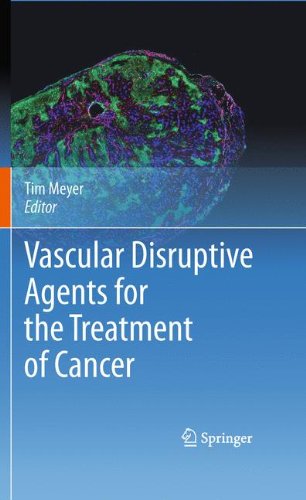

Most ebook files are in PDF format, so you can easily read them using various software such as Foxit Reader or directly on the Google Chrome browser.
Some ebook files are released by publishers in other formats such as .awz, .mobi, .epub, .fb2, etc. You may need to install specific software to read these formats on mobile/PC, such as Calibre.
Please read the tutorial at this link: https://ebookbell.com/faq
We offer FREE conversion to the popular formats you request; however, this may take some time. Therefore, right after payment, please email us, and we will try to provide the service as quickly as possible.
For some exceptional file formats or broken links (if any), please refrain from opening any disputes. Instead, email us first, and we will try to assist within a maximum of 6 hours.
EbookBell Team

0.0
0 reviewsTumour survival and growth is critically dependent on an independent blood supply. As such tumour vasculature presents an ideal target for cancer therapy that is widely applicable, accessible and genetically stable rendering it less prone to resistance. Two approaches have been explored for cancer therapy; firstly the prevention of new vessel formation with inhibitors of angiogenesis, and secondly the destruction of existing tumour blood vessels with so called vascular disruptive agents (VDAs). While the first approach appears to delay tumour progression, the second has the potential to cause massive cell death and tumour regression. It is the second approach of vascular targeting that is the focus of this book. Since the tubulin binding agent combretastatin, derived from the bark of the African bush willow, was discovered by George R Pettit to have antimitotic properties over twenty years ago, the field of vascular targeting has expanded steadily. Coincident with the preclinical and clinical development of these agents, there have been advances in our understanding of their mechanism of action and in the technology required to assess their effects. This book aims to provide a comprehensive account of the current state of the art. Preclinical target identification and validation are discussed and the optimum pre-clinical animal models described. The imaging modalities that can be used to assess the efficacy of these agents are examined and a comprehensive review of the clinical development of key drugs is provided. Finally, the recent research exploring rational combinations of VDAs with other agents is reviewed and the potential place of VDAs in the future of cancer therapy is critically appraised.